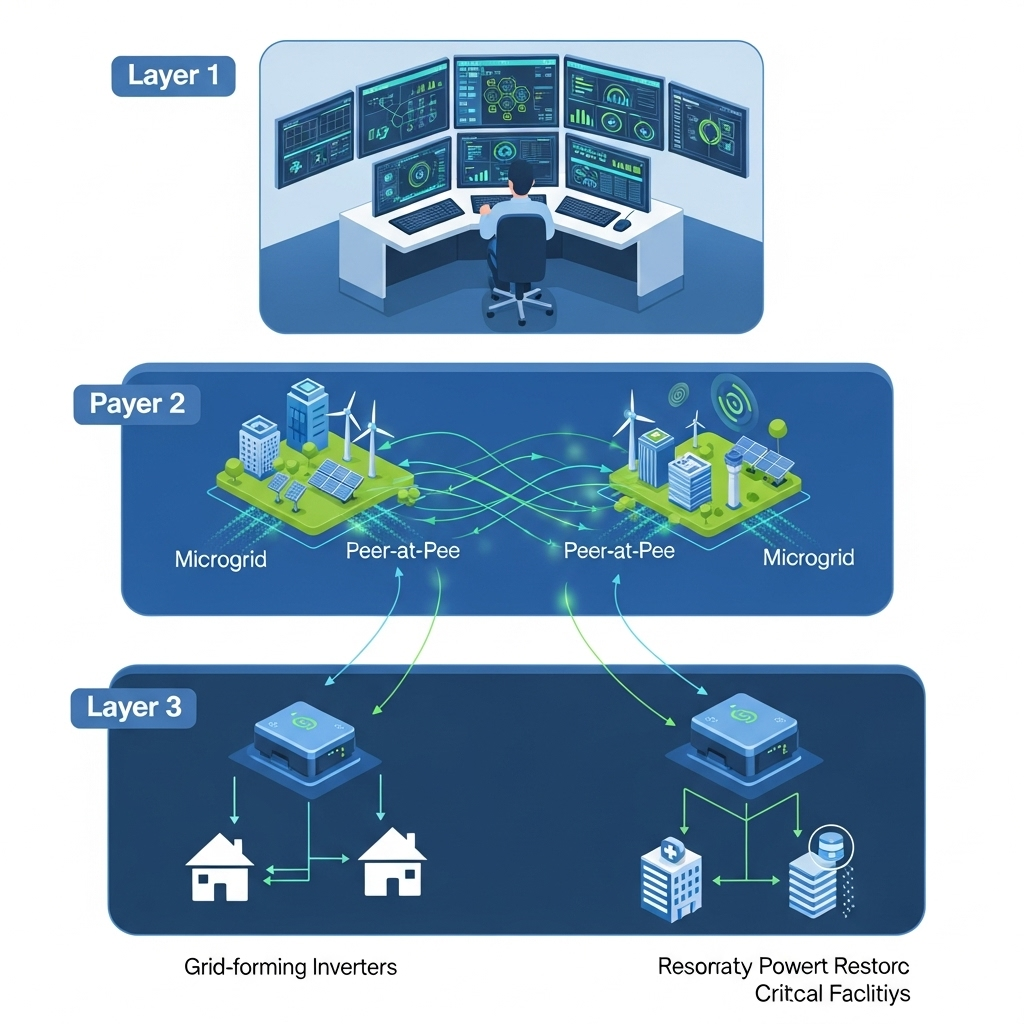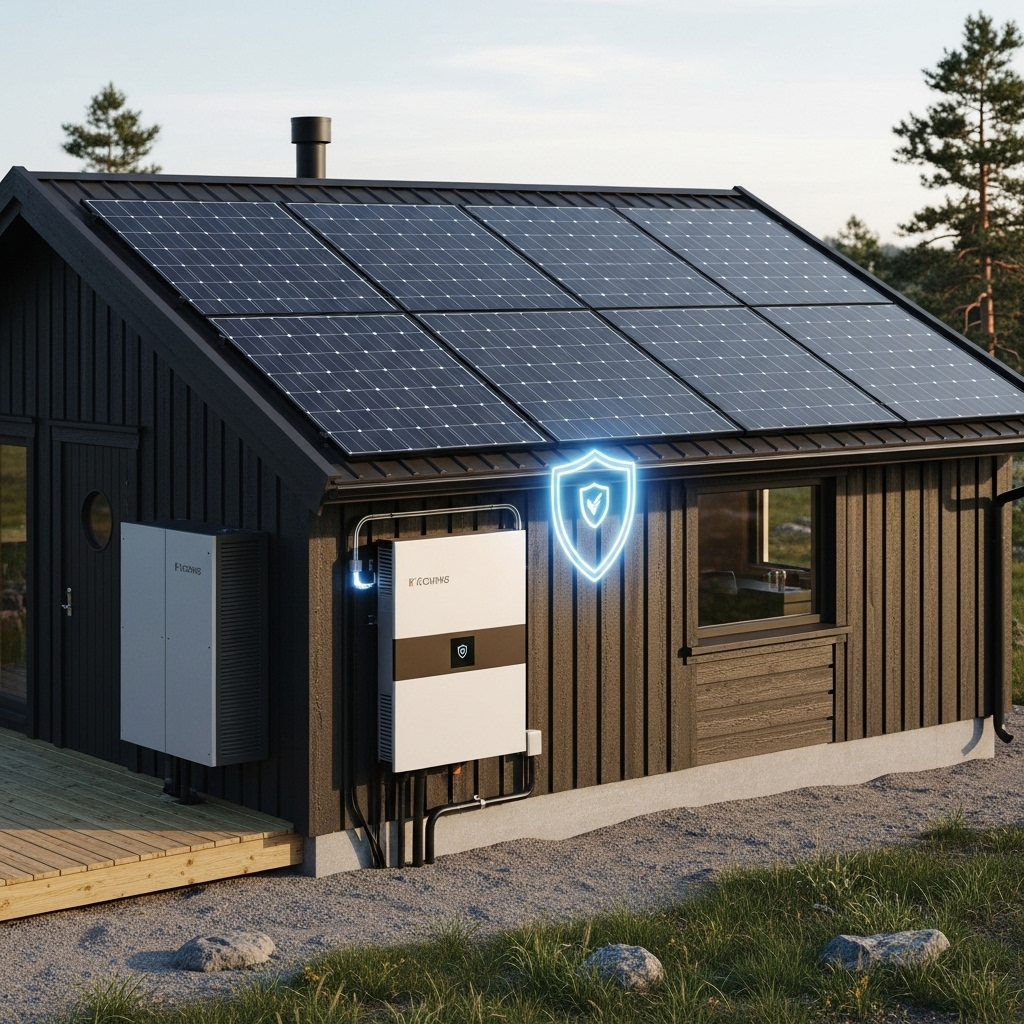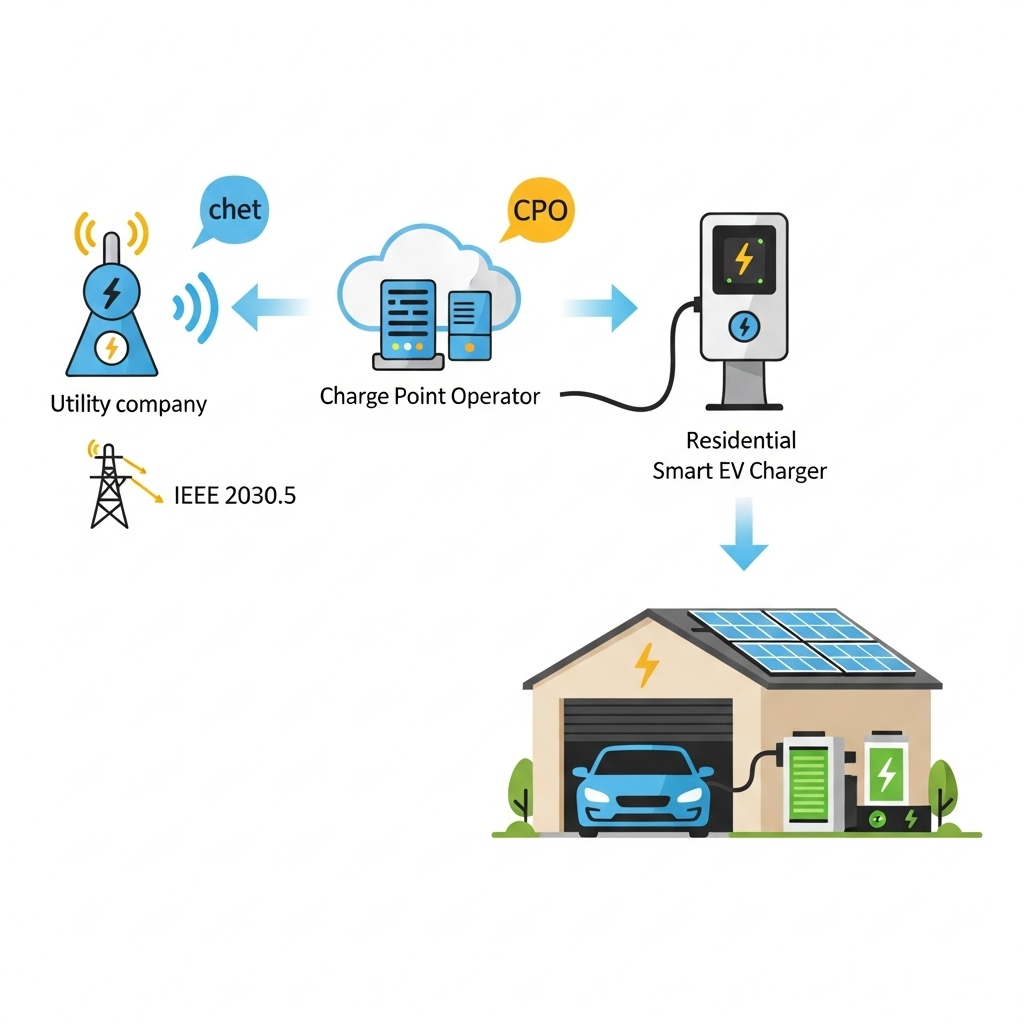From my review of recent deployments, I see that true resilience emerges when local grids can restart without external assistance. This process, a blackstart, depends on precise communication between microgrids, energy storage systems (ESS), and inverters. A robust communication framework is not optional—it is the baseline for reliable power when uncertainty defines the operating environment.
The Growing Need for Autonomous Grids
By 2022, U.S. installed microgrid capacity exceeded 10 GW and continues to expand. Critical facilities such as hospitals and data centers increasingly require autonomous restart capability. According to the U.S. DOE renewable microgrid case studies, microgrids are becoming central to reliability strategies in disaster-prone regions.
From Grid-Tied to Grid-Islanded
A microgrid normally runs connected to the wider grid. Once instability or outage is detected, it must separate and form an intentional island. Communication links act as the nervous system, synchronizing this transition and maintaining stability across all connected loads.
The Role of Energy Storage Systems (ESS)
The ESS provides both short-duration power balancing and the critical initial energy for blackstart. In several projects I reviewed, ESS units supplied the first stable signal that allowed solar and other DERs to rejoin. Reliability hinges on metrics such as state-of-charge management, cycle life, and inverter response time.
A Multi-Layered Communication Architecture
Resilient communication is structured in layers for redundancy:
- Layer 1: Central distribution awareness — Forecasting, load balancing, and first-line cyber defense.
- Layer 2: Peer-to-peer coordination — Direct communication between microgrids when central control is unavailable.
- Layer 3: Autonomous restart — Grid-forming inverters creating a stable reference signal without human intervention.
DOE field tests highlight that this architecture can maintain critical loads even during central system compromise.
Blackstart Operations in Practice
A blackstart sequence begins when the ESS energizes grid-forming inverters. These inverters establish a voltage and frequency reference, enabling other DERs such as solar to resynchronize. Low-latency protocols are essential to prevent oscillations during this sequence.
Communication Protocols
| Protocol | Use Case | Key Feature |
|---|---|---|
| Modbus TCP/IP | Local inverter–controller links | Simple and widely supported |
| DNP3 | Utility SCADA | Event reporting and remote reliability |
| IEC 61850 | Substation automation | High-speed, object-oriented data models |
| SunSpec | Solar and storage interoperability | Standard profiles simplify DER integration |
Cybersecurity as a Core Design Principle
As I observed in several pilot sites, the attack surface expands with connectivity. Denial-of-service, malware on inverter firmware, and unauthorized remote access are realistic threats. The NIST Cybersecurity Framework provides a systematic method: identify, protect, detect, respond, and recover. I recommend microgrid operators align communication layers with this cycle to ensure resilience.
Outlook for Energy Independence
A resilient microgrid is built on three pillars: robust ESS, grid-forming inverters, and a secure layered communication system. By enabling autonomous blackstart and defending against cyber threats, communities achieve more than backup—they gain structural independence from central vulnerabilities. In my view, this represents a structural pivot in how distributed energy is designed for the next decade.
Disclaimer: This analysis provides technical insights only. It does not substitute for engineering design, financial evaluation, or legal compliance. Always confirm with relevant standards and authorities.





Leave a comment
All comments are moderated before being published.
This site is protected by hCaptcha and the hCaptcha Privacy Policy and Terms of Service apply.